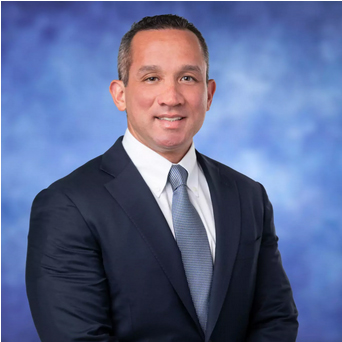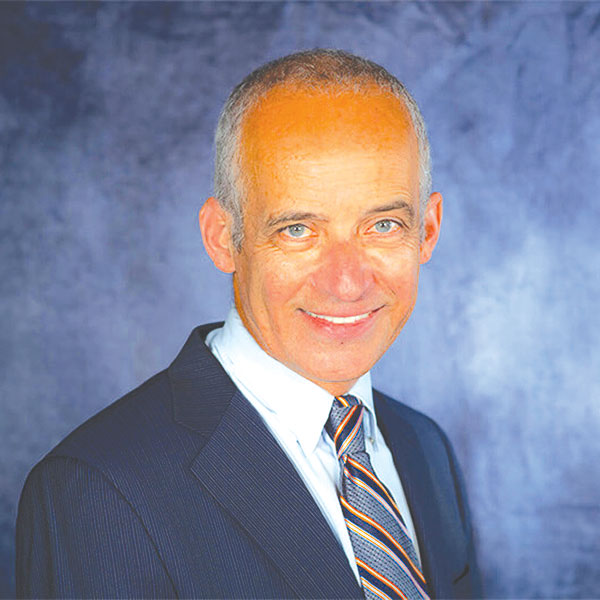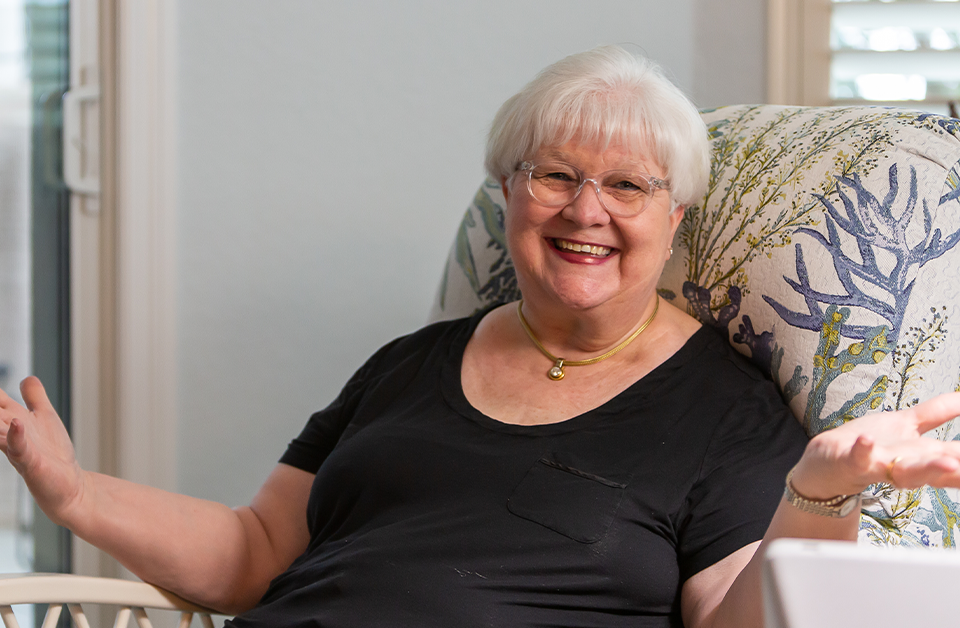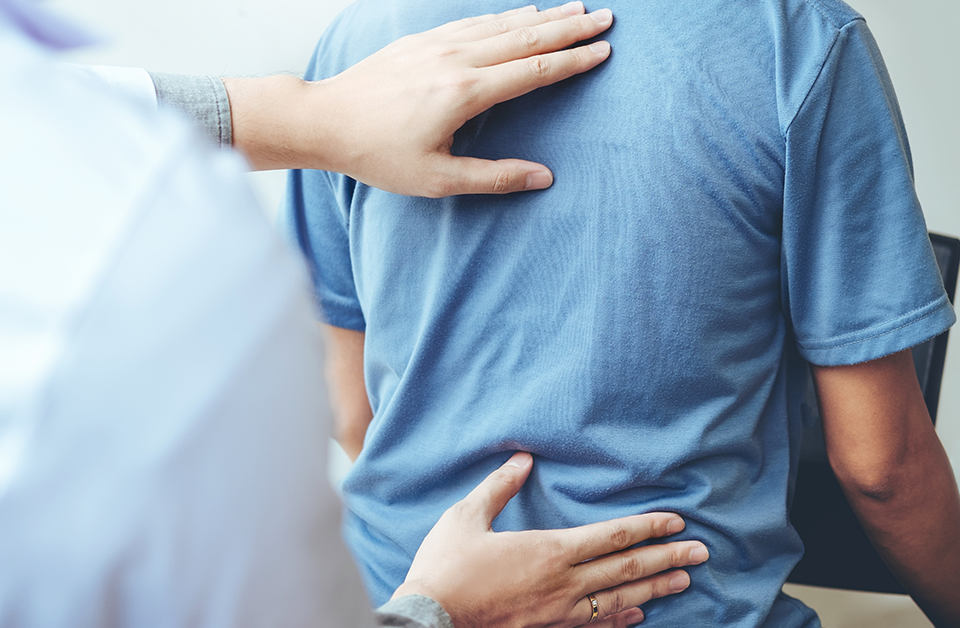Among the millions of tennis fans captivated by the steady ascension of teenage phenom Coco Gauff is Nina Jacobsohn, a retired defense attorney who has been playing tennis since she too was a teenager.
“She’s a fascinating talent,” Nina says of Gauff, who won her first Women’s Tennis Association Tour title at age 15 and rose to No. 11 in the world rankings before her 19th birthday.
Nina has followed virtually every step of Gauff’s journey to stardom. The 75-year-old loves to watch the game as much as play it, which is good, because she played through pain for more than 40 years.
“When I was 35, I was in a bad car accident, and it really messed up my back,” Nina relates. “My back was so bad that the doctors recommended I have back surgery. But 40 years ago, there was no way I was going to have back surgery.
“I’ve been fighting though the pain on and off ever since. One time, probably 15 or 20 years ago, the pain was so bad that I could not move. My husband had to call a doctor to come to the house to get me up and moving again.”
Nina experienced a similar incident a few years back. This time, she relented and underwent back surgery. The procedure did little to alleviate her pain. It may have made it worse.
About two years ago, the pain began to radiate into her legs. It also kept her up at night. Unable to stand or sit for long periods, she had difficulty performing some daily activities, and she eventually was forced to abandon tennis.
Shortly after, Nina sought further medical attention, this time at Jax Spine & Pain Centers, which specializes in progressive interventional treatment options for chronic joint, neck and back pain.
As with most patients, the staff first attempted to alleviate Nina’s discomfort through conservative measures such as physical therapy and standard chiropractic care.
When those efforts failed to achieve the desired results, they tried epidural steroid injections, which place anesthetic and steroid medication directly into the epidural space that surrounds the spinal cord and nerve roots.
The injections provided relief that lasted only a couple of weeks. After a full course of injections, Kassia Silva, MD, suggested a treatment that Nina described as “very futuristic.”
Back to the Future?
That treatment is called spinal cord stimulation, a type of neurostimulation, and while it may have sounded like science fiction to Nina, the technology has been around some 30 years.
A battery-powered device, about the size of a half-dollar, is typically implanted under the skin near the hip. Wire leads, or electrodes, from this stimulator attach to the nerve associated with the pain. The device emits low-level electrical impulses that alter the pain signals that run from the nerve to the brain.
“We used to think those pain signals were blocked by distracting the brain,” says Justin Mann, MD, of Jax Spine & Pain Centers. “But we now know that we can actually affect pain on a cellular level, and that is what decreases the patient’s sensation of pain.”
As with Nina, the therapy typically begins with a three- to seven-day trial period during which the stimulator’s effectiveness is gauged. If the patient experiences a significant reduction in pain during the trial, the stimulator is implanted permanently.
“With spinal cord stimulation, the trial is similar to receiving an epidural steroid injection,” Dr. Mann adds. “We do it in our office, and the only difference is that instead of injecting medication, we thread electrodes through the epidural needle.
“It was like a miracle. All of a sudden, I was pain-free.” – Nina
“The top end of the electrode is fed into the epidural space of the spine, which is on the inside of the spinal canal but outside of the spinal cord. It’s a unique place anatomically that is especially receptive to this type of therapy. The bottom of the electrode is attached to the stimulator that sits on top of the skin during the trial.”
At various points during the trial, the patient will likely be contacted by the doctor or a representative of the device’s manufacturer to see how the trial is going. At the end of the trial, the patient and doctor meet again to discuss the patient’s experience.
If patients experience a reduction in pain and increase in function of between 50 and 80 percent, they are approved for a permanent device. That’s typically nine out of 10 patients.
The procedure to implant the permanent stimulator is similar to the one for the trial, except that it’s done at a hospital or surgery center.
“During the permanent implant procedure, the patient lies stomach down, is given intravenous sedation, and the process done for the trial is recreated in terms of putting the leads into the spine,” Dr. Mann explains.
“During the procedure, we actually wake the patient at one point and ask if they’re feeling the delivery of energy through the device. We do that to make sure we’re covering the areas with the most pain.
“If the patient indicates that we’re successful in capturing these painful areas with the electrical signals, we complete the procedure, during which no bone or muscle is cut even while we’re placing the device under the skin.”
The battery is charged wirelessly with an external recharger that’s attached to a small belt. The unit requires recharging every few days, and it takes about an hour. A nonrechargeable battery is available that lasts several years before it must be replaced.
Jax Spine & Pain Centers has been deemed a Center of Excellence for neurostimulation, which includes spinal cord stimulation, dorsal root ganglion (DRG) stimulation and peripheral nerve stimulation.
These therapies have proven effective in relieving pain from a variety of ailments, including sciatica, neuropathy, complex regional pain syndrome, failed back surgery syndrome and other neuropathic pain syndromes.
“Completely Painless”
Intrigued by the technology, Nina agreed to undergo the trial. It didn’t take long to convince her that the stimulator would alleviate her pain.
“I called her two days after she started the trial and she told me she had not had any pain since the trial device was implanted,” Dr. Silva reports. “So, right then and there, we decided to implant the permanent device, which we did about a month later.”
Nina says the surgery to implant the permanent device was “completely painless” and the results were immediate — before leaving the surgery center.
“It was like a miracle,” Nina enthuses. “All of a sudden, I was pain-free, so I really could not be happier. This has been life-changing. It’s allowing me to live my life again.”
Nina has yet to return to the tennis court, but she can go about her daily activities without interruption. She’s thankful for that and for the care she received from Dr. Silva and the staff at Jax Spine & Pain Centers.
“Dr. Silva is a wonderful doctor, and everyone there is very caring,” she says. “They gave me hope that I would finally get rid of my back pain, and that’s what happened. I’m very pleased, and I’d gladly recommend them to anybody.”














